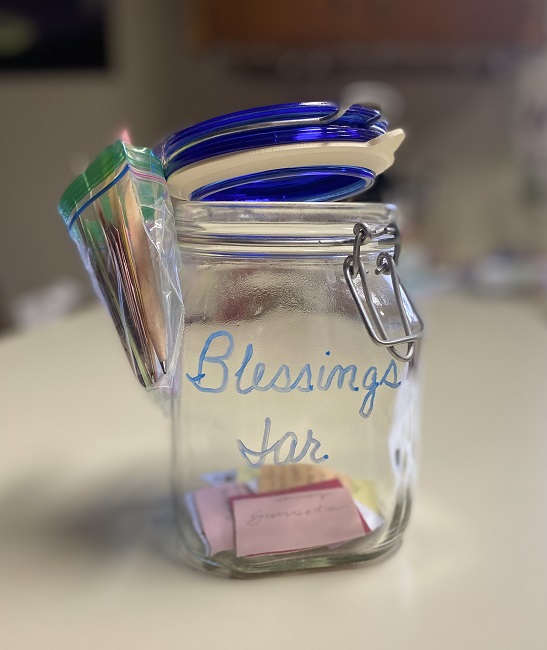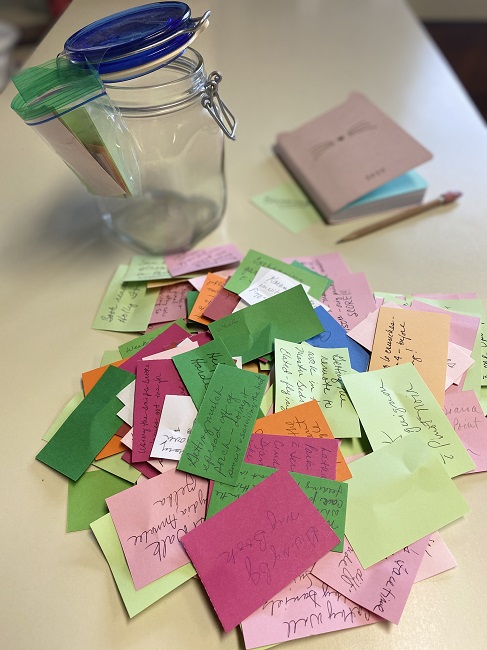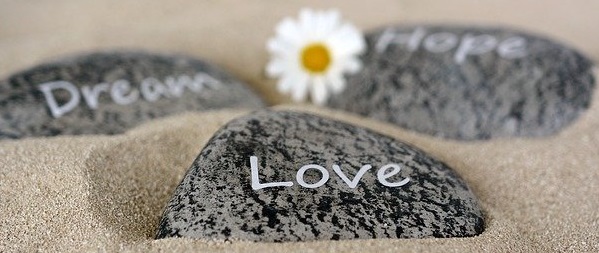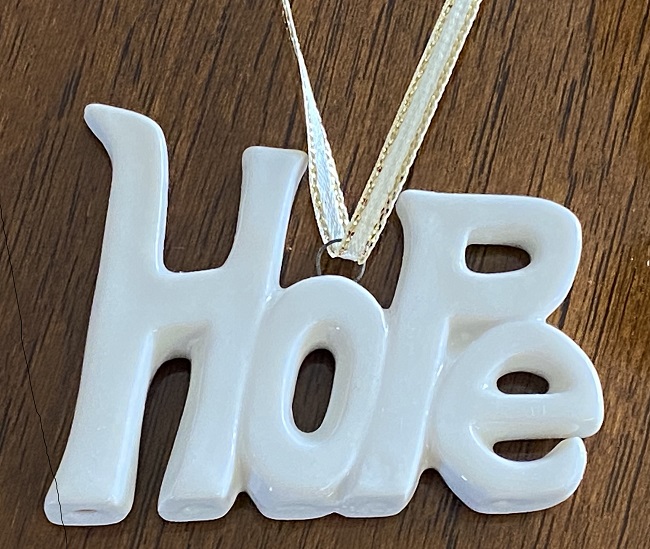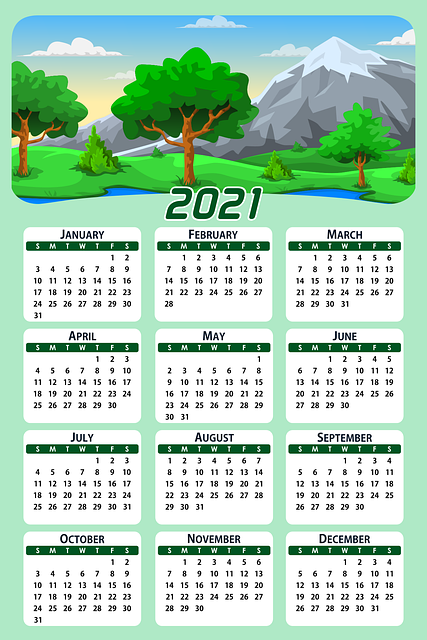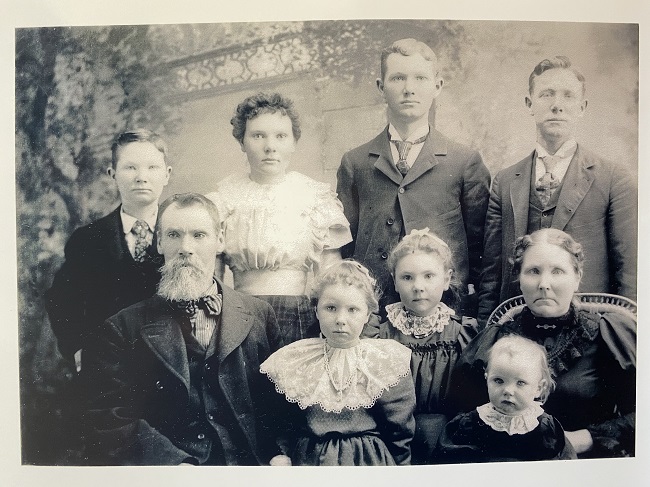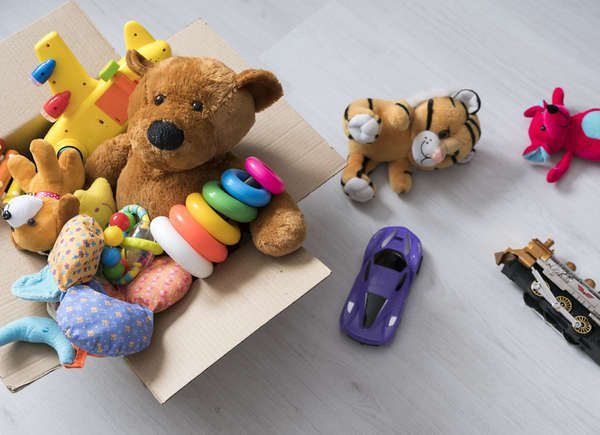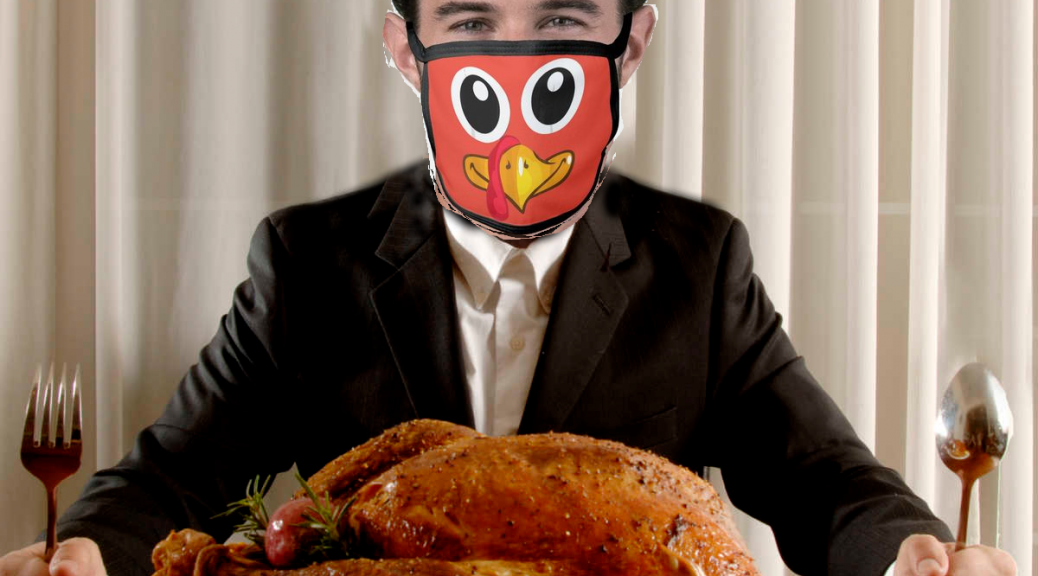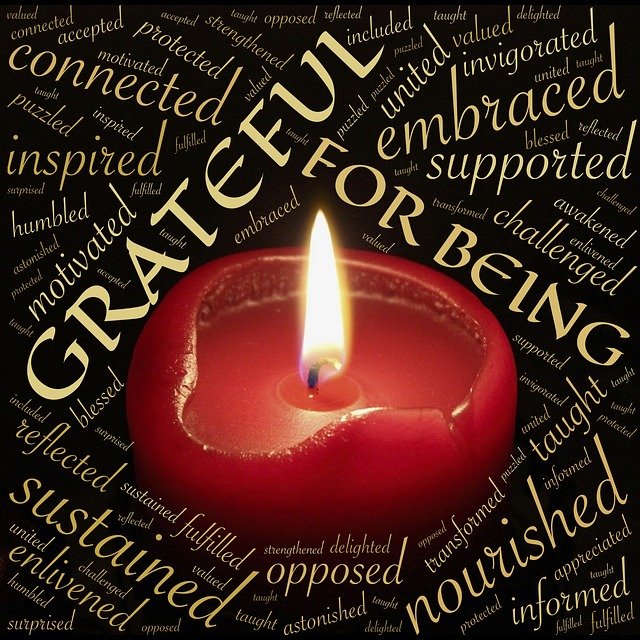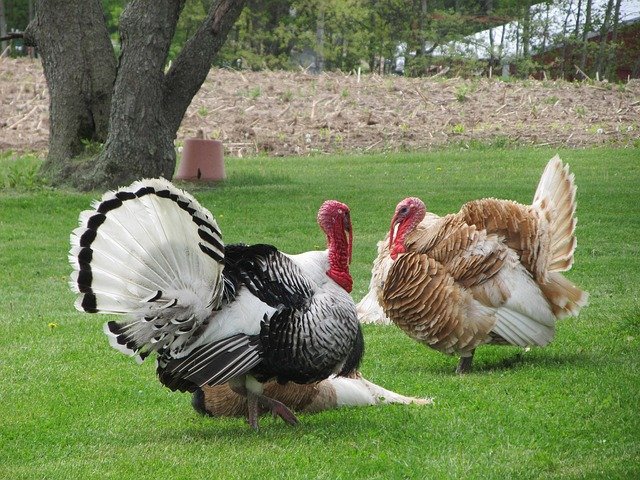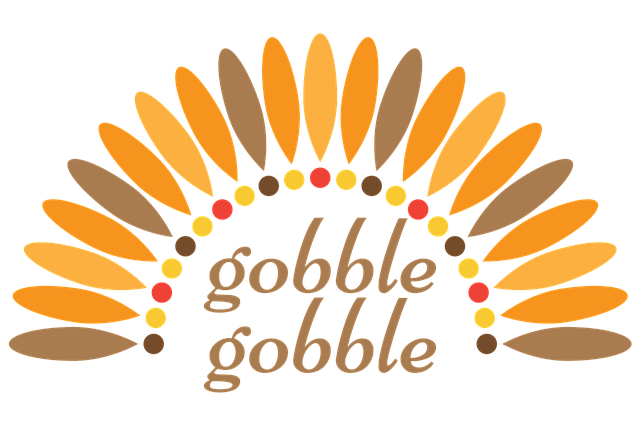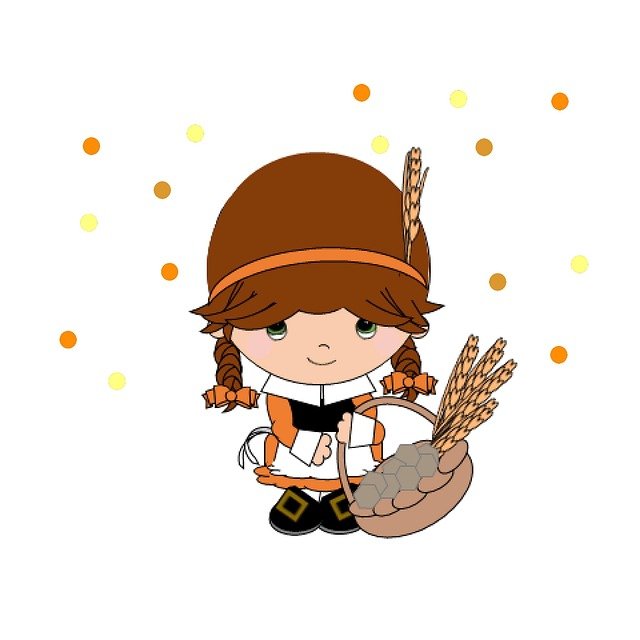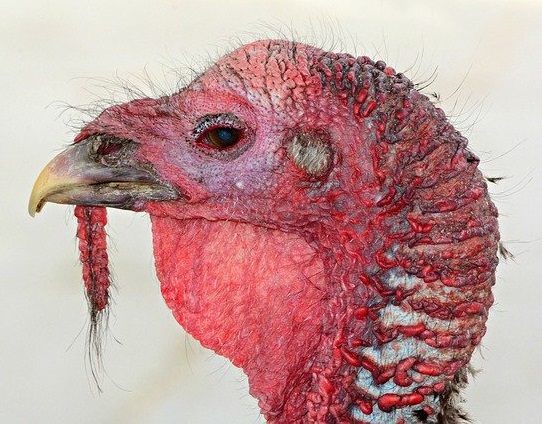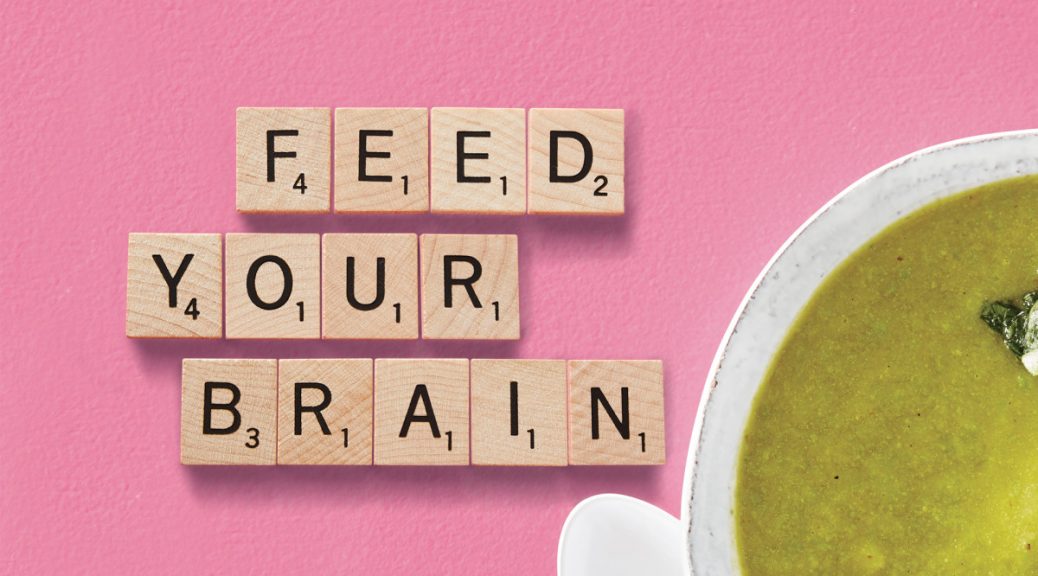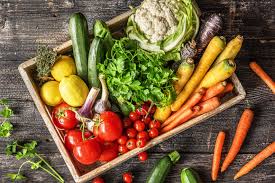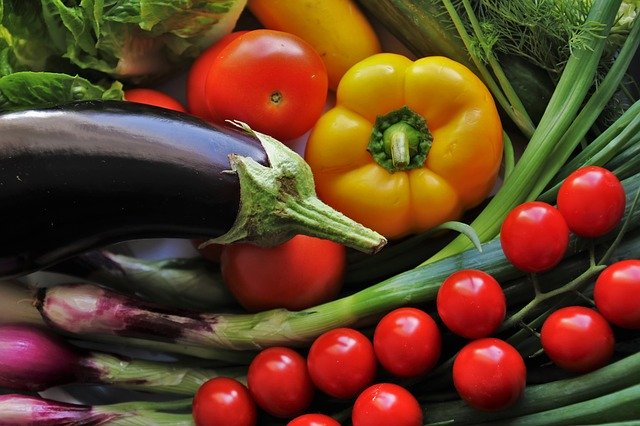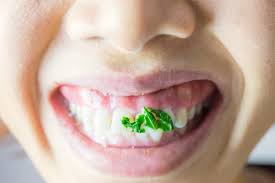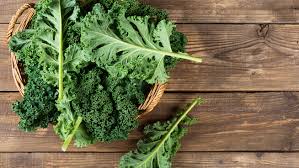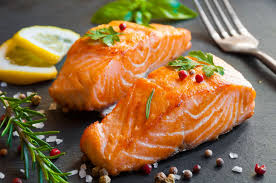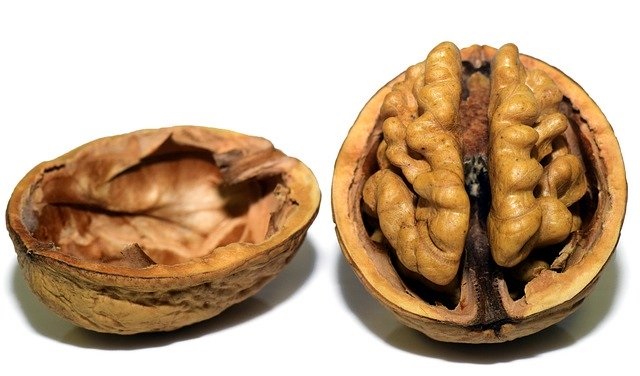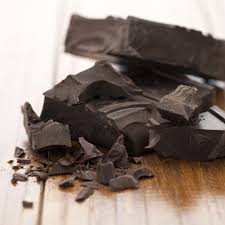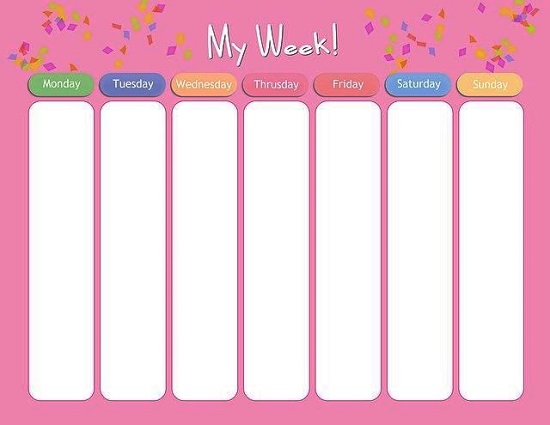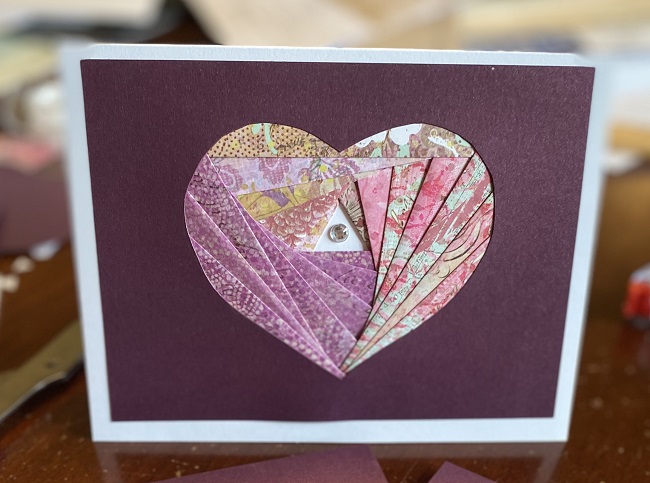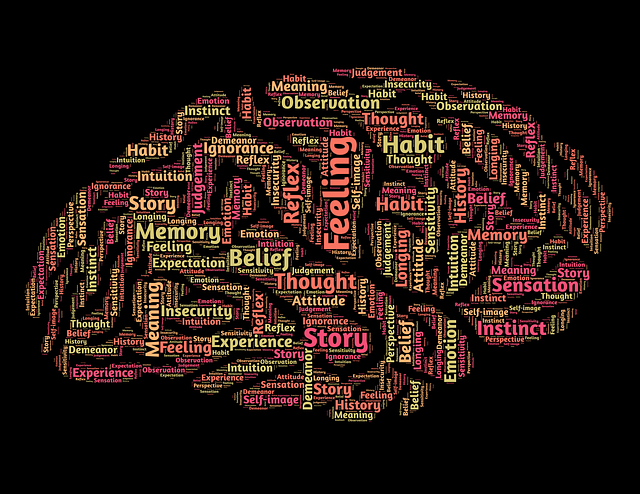While some are gladly shredding any reminders of 2020, others are starting their new year with an uplifting time of remembrance.
What?
Who are these nut cases?
Well, I am!
In the first post of 2020 (HERE), I shared an idea that had come through my Facebook feed about starting a Blessings Jar. The habit of jotting down a few words about a blessing was well-established when COVID-19 became a driving force in our lives by mid-March.
Just having this unassuming jar sitting on my counter everyday provided a reminder there are blessings to be found in all circumstances. I was already having so much fun viewing my little town’s Bear Drop Ceremony at 6:00 pm EST to be concerned with the Blessing Jar reveal on New Year’s Eve.
Masked, solo, and under an umbrella, I joined a small, socially-distanced group to bid an early and rainy goodbye to 2020. Because of COVID restrictions, there’s a 10:00 curfew, but – lucky for us – our sister city of Bern, Switzerland, was celebrating at midnight, when we were doing our Bear Drop earlier in the evening in New Bern, North Carolina. So, in terms of dropping the ball, ‘er Bear, we were all legit.
It was yet another blessing entry for my 2020 jar. The big revealing of a year’s blessings was delayed for me until January 5th.
So, last evening, out poured all the noted blessings of 2020. Reading each one created wave upon wave of gratitude, smiles, and happiness. How truly rich I am! Some papers simply had the name of a friend. My heart lifted them in prayers of gratitude along with the sincere hope that I was a blessing to them as well. Would my name appear in their jar?
The experience of reviewing each entry was far more powerful than I had imagined it would be. Strength giving. Transformative. Humbling. Heart-swelling with love.
And creative. I want to create blessings for others. Oh, how I wanted to be the force of blessing to others.
With each blessing comes a realization that there’s HOPE.
HOPE that we can endure anything if we have blessings. The blessings are there. We need to take our spirits out of the sludge of the daily news to see the blessings that are right before our eyes.
Since 2018, I have suggested to readers to use a Word of the Year to guide and color their intent – their approach – for the new year. (HERE: 2018 1 – 2019 1 – 2020 1)
There had been no great personal revelation for my Word this year until I put a couple things together while reviewing the contents of my blessings jar.
The first, was an ornament our church had given to each of us this year. One word in ceramic to remind each of us that there is hope.
The second, was that earnest desire springing forth to be more of a blessing to others by being that hope.
2021 is going to be my year of reflecting HOPE – doing and saying things that give HOPE – and being that HOPE for someone.
As my blessings jar starts to fill up in 2021, I am reminded of that HOPE and my role in being someone else’s blessing.
Be the HOPE-
Deidre
Don’t miss even one FoodTalk4You.com newsletter! Look for the sign up to the left of this page.




